This post is the first in a two-part series written by former interns highlighting the CCC history and historic resources at Laurel Hill State Park and the work the PA Department of Conservation & Natural Resources and the PA SHPO are doing to preserve and celebrate them as part of the Laurel Hill landscape.
Laurel Hill before the Civilian Conservation Corps
Throughout much of the 19th and early 20th centuries, the Laurel Highlands area was heavily farmed and deforested. Like much of the land in Pennsylvania, Laurel Mountains’ natural resources had been largely exploited by logging and coal mining companies. Repeated fires caused by poor forestry practices further damaged the landscape, as did poor farming techniques that depleted the soil. The land suffered at the expense of the booming economy.
In the 1930’s, the economy suffered a major blow worldwide in what came to be known as the Great Depression. An estimated 13,689,000 people in the United States were unemployed and had few prospects for finding employment. Gripped by the effects of human suffering during the Depression, coupled with the lack of conservation efforts, President Franklin D. Roosevelt issued a series of federal relief programs and resource conservation goals.
In 1934, the National Park Service (NPS) purchased 23 separate tracts of land throughout the United States and re-designated the land as Recreational Demonstration Areas (RDAs). The purpose of the RDA’s were:
- to provide healthy and affordable outdoor activities for large numbers of people, particularly underprivileged urban youth,
- to implement environmental conservation practices by rehabilitating sub-marginal lands,
- to provide a source of income for young men and their families impacted by the Great Depression, and
- to stimulate local economies.
The Civilian Conservation Corps (CCC) and Works Progress Administration (WPA), two federal relief programs developed as a direct result of the Great Depression and conservation crisis, constituted the labor force involved in the construction of RDA’s nationwide. You can read about some other CCC projects covered in the PA SHPO blog like the Appalachian Trail and this one in Cameron County.
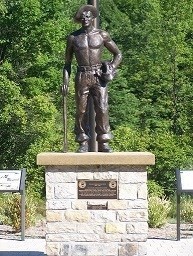
Recreational Demonstration Areas
Through CCC and WPA labor, NPS constructed 31 full-scale RDA’s nationwide that would later become state parks. Five of these RDA’s (Laurel Hill, Blue Knob, Raccoon Creek, French Creek, and Hickory Run) are in Pennsylvania. Laurel Hill State Park, constructed by CCC Camps PA S.P.-8 and PA S.P.-15 from 1933-1942, is the largest intact RDA in Pennsylvania.
The majority of the land purchased for the Laurel Hill Recreational Demonstration Area was privately owned farmland. Following land acquisitions, the CCC developed Laurel Hill from the ground up. They built large organized group camps for non-profit organizations to rent, public picnic areas, roadways, trail systems, bridges, dams, lakes, and planted countless trees and shrubs.
The following list, compiled by project manager J.H. Caldwell in 1937, describes the accomplishments of the CCC in their first two years at Laurel Hill. They built:
- 10.5 miles of park roads and 2,400 feet of guard rail,
- one vehicular bridge,
- 8 miles of foot trails and walks,
- 20 foot bridges,
- 2 organized group camps with 40-50 buildings in each camp,
- 1 family camp with 40-50 buildings,
- 1 picnic area,
- 3 dams,
- 70-acre lake approximately one mile long,
- 23 drinking fountains and 19 fireplaces,
- 100 picnic tables and benches,
- 1 swimming pool, and
- planted 600 trees, 1,500 shrubs, and 750 vines.
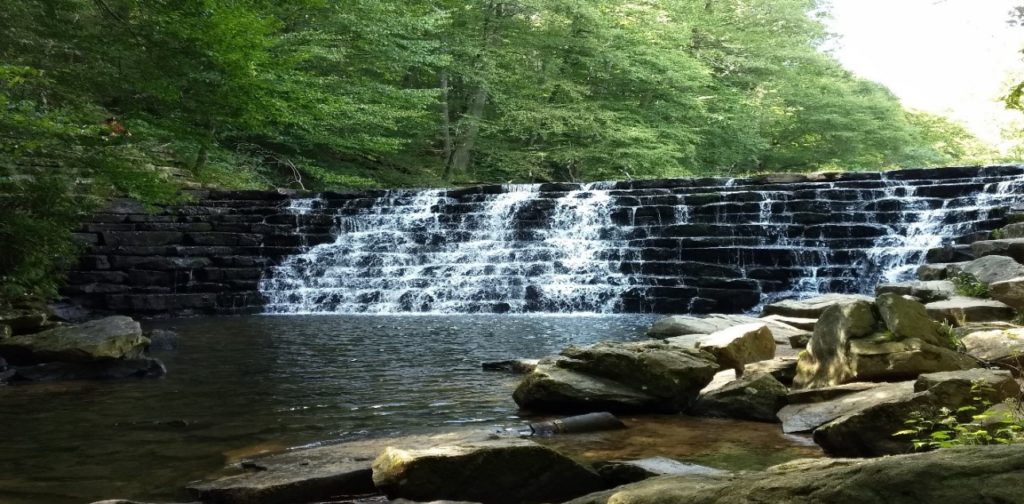
A Lasting Legacy
It is no accident that Pennsylvania has one of the best state park systems in the country with incredibly forward-thinking conservation practices. Originally, RDA park buildings were not made to last more than 20 years. However, maintaining RDA’s like Laurel Hill became a greater priority once it became clear how many tourists visited them.
In short, the CCC helped to expand the meaning of conservation beyond the wise use of natural resources to include also concern for human health through outdoor work and play, the need for ecological balance, and interest in wilderness preservation.
The efforts of the CCC and WPA workforce left a lasting environmental, social, cultural, and economic impact throughout Pennsylvania. The Laurel Hill State Park RDA revitalized forests and natural resources in the area, evidenced by second growth forests and an abundance of flourishing flora and fauna. The social and economic efforts of the time made a lasting impact on communities surrounding the RDA’s. Local materials and labor were used, which stimulated economies during financial crises. Job training helped to pass on much needed job skills to young CCC members, and many would go on to have careers in forestry, landscape architecture, or some aspect of conservation.
The area has been maintained for outdoor recreational purposes, owing to its cultural contributions.
Today, thanks to the hard working young men of the CCC, Laurel Hill State Park continues to provide visitors with a plethora of outdoor recreational fun. Visitors can enjoy miles of scenic hiking, biking, swimming, boating, group camping, and picnicking.
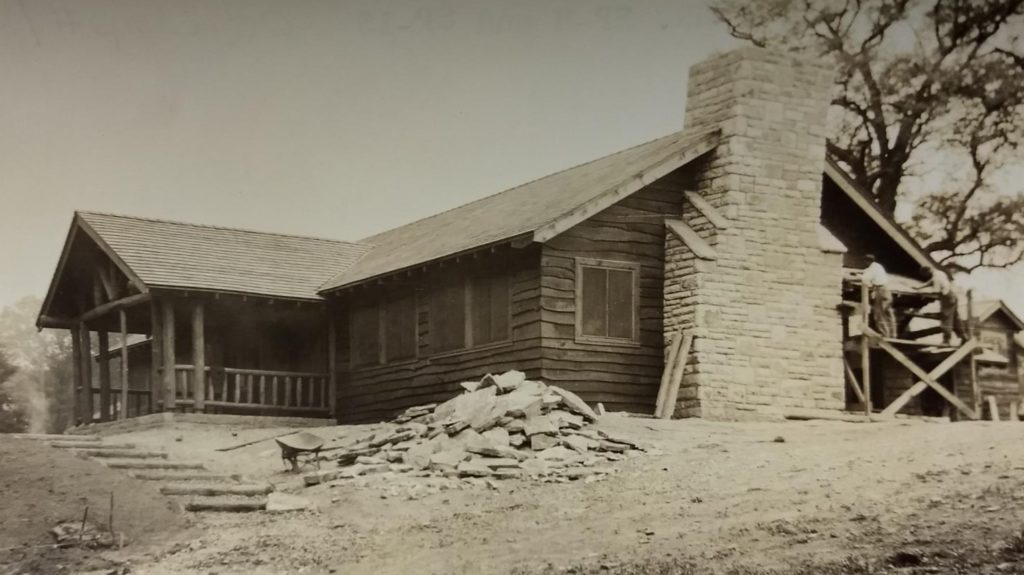
Ongoing Preservation Efforts
In 1983, John Milner Associates conducted extensive research on the Emergency Conservation Work (ECW) architecture constructed in Pennsylvania’s state parks between 1933 and 1942. Exceptionally significant areas and property types were listed in the National Register of Historic Places in 1986. Laurel Hill State Park was listed in the National Register as a historic district spanning 1,352 acres.
Thirty-six years later, the PA SHPO has joined forces once again with the Department of Conservation and Natural Resources at Laurel Hill in order to preserve the cultural landscape and resources. The end goal is to create a Cultural Resources Management Plan so that it will be possible to effectively manage, treat, and care for the remaining cultural resources at Laurel Hill State Park.
The process of creating the Cultural Resource Management Plan will be discussed further in a future blog, so stay tuned for a sneak peek into the inner workings of historic preservation! For now, I leave you with an excerpt from the May 1937 Trent Times edition, published by CCC Camp PA S.P.-8:
“Though the world at large may never know of your Deeds of Attainment, your battles won, your ideals realized – though the plaudits of glory may never acclaim you. Know this! and be happy in thought. Each day to have done YOUR NOBLEST. That is S U C C E S S.”
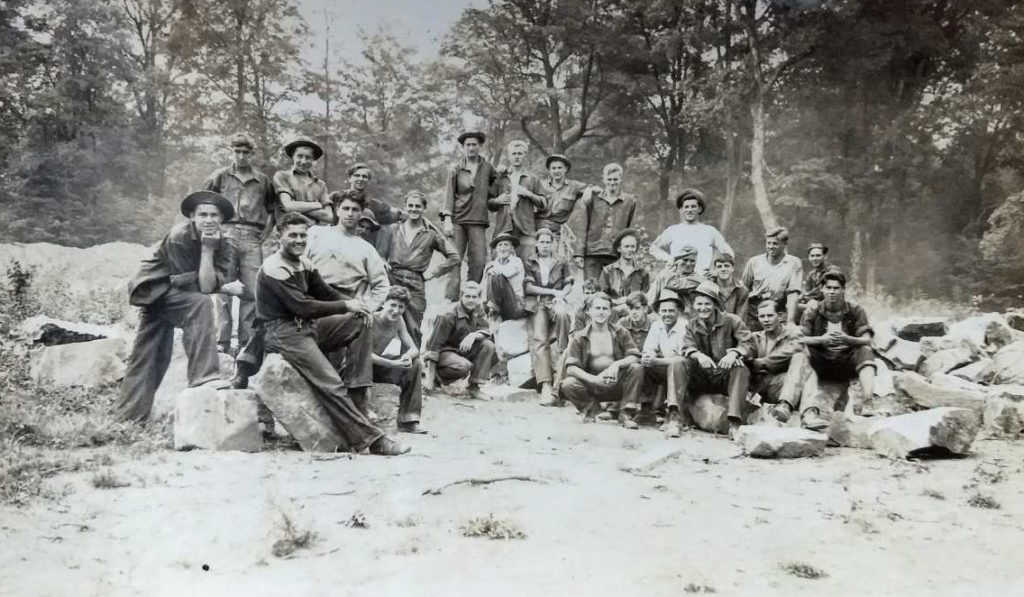
If you’d like to learn more about Laurel Hill and cultural resource management plans, be join us at the upcoming Statewide Conference on Heritage, June 19-21 in Chambersburg.
This week’s post was written by Mary Garcia. She has been working for the Student Conservation Association as a historic preservation intern documenting cultural resources at Laurel Hill State Park. Mary earned a bachelor’s degree from the University of New Mexico in May of 2009 and a Master of Arts in Public History from Rutgers University Camden in January 2018. Her research interests have been focused on urban and minority issues. Having the opportunity to look at the efforts of the Civilian Conservation Corps as a job training program for urban youth has been an amazing opportunity.
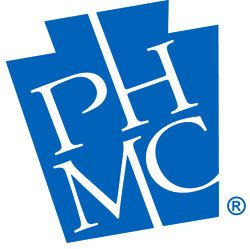
My dad, Alvtin Metheney, served in the CCC. He helped build fire towers, He never talked about it much. My wife and I visited the area back in 1985. I would like to go back there but I don’t know how to get there. By Roger Metheney
My father Mike was one of these men.
I would love to learn more, He was given a Brass survival kit, it was in a pouch,
recently it was stolen from my brother.
Is there a list of men who worked the ccc ? Looking for my father who believed the ccc was the best thing growing up!